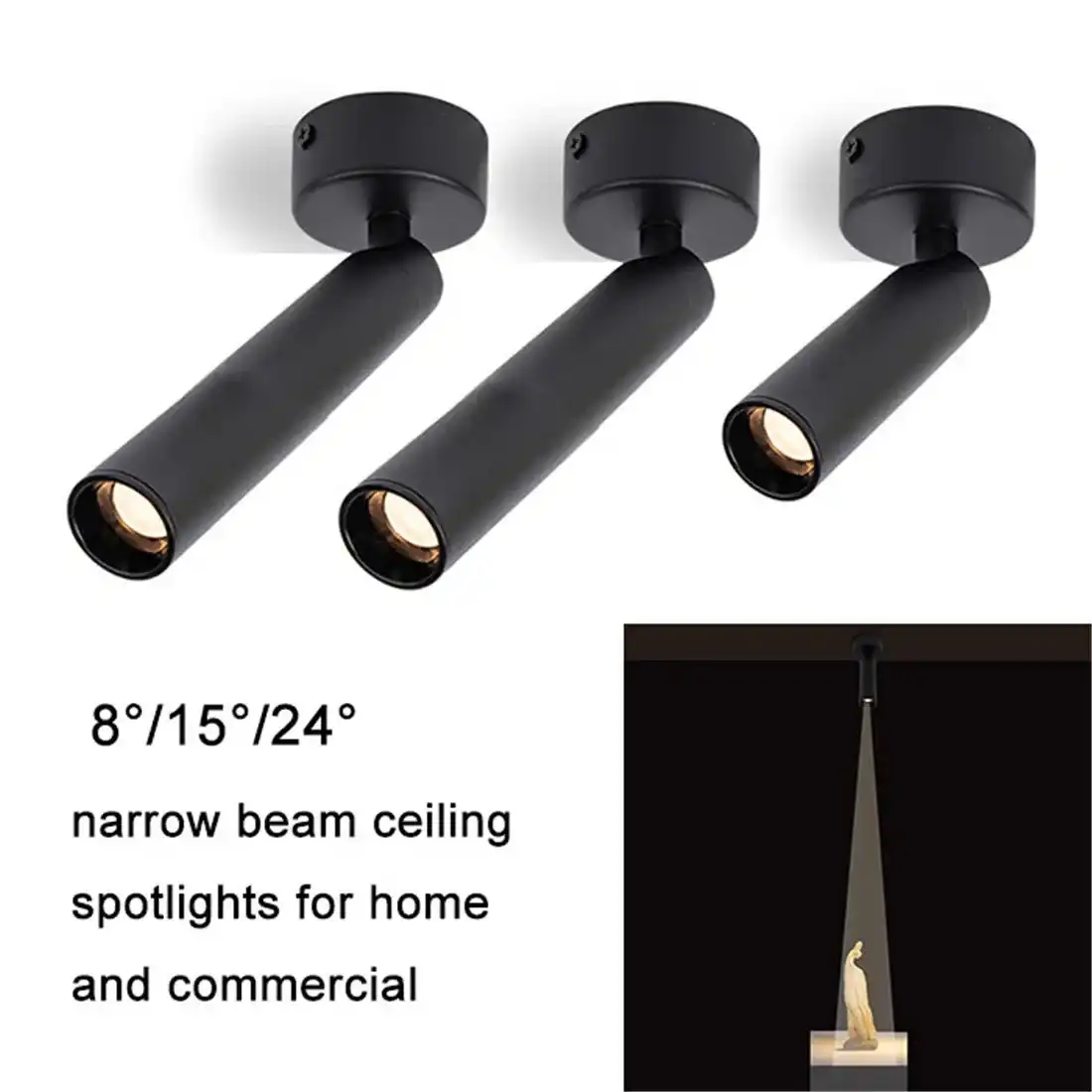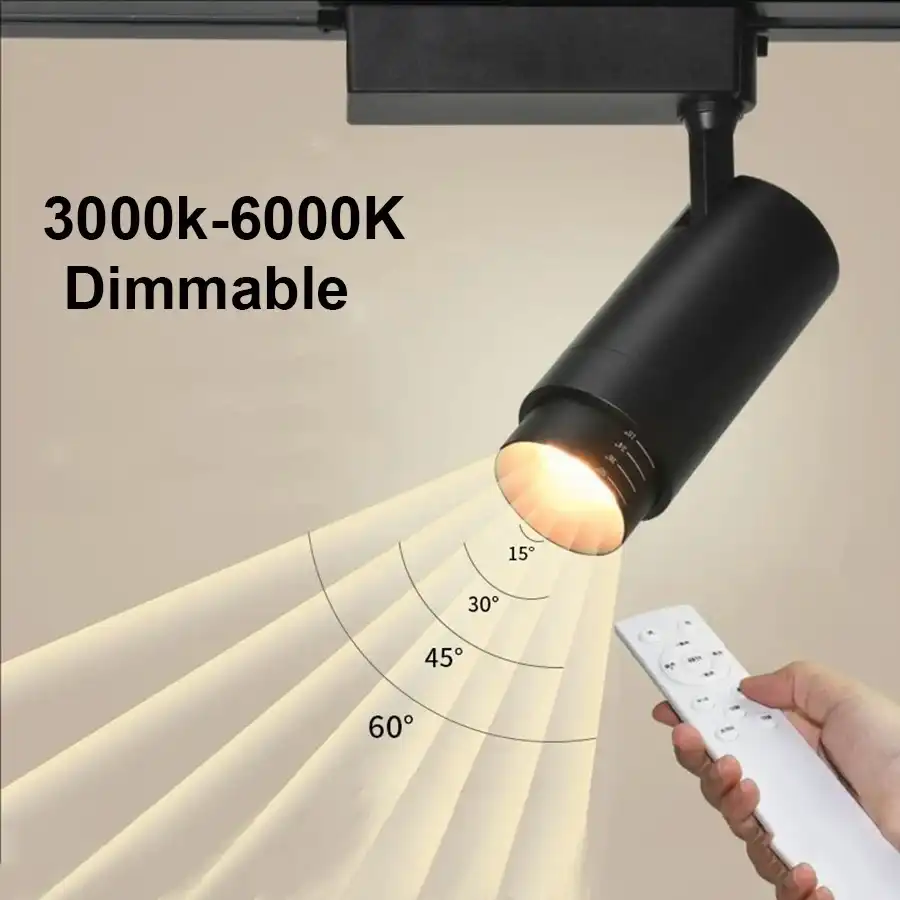Smart Spot Lights vs Traditional Bulbs: Which is Better for Home Automation?
When it comes to home automation, smart spot lights emerge as the clear winner over traditional bulbs. Smart spot lights offer superior control, energy efficiency, and versatility, making them the ideal choice for modern, connected homes. With features like remote operation, color-changing capabilities, and integration with smart home systems, these intelligent fixtures provide unparalleled convenience and customization. While traditional bulbs may be simpler and more familiar, they lack the advanced functionality and energy-saving potential of smart spot lights. For homeowners looking to embrace the full potential of home automation, smart spot lights are undoubtedly the better option.
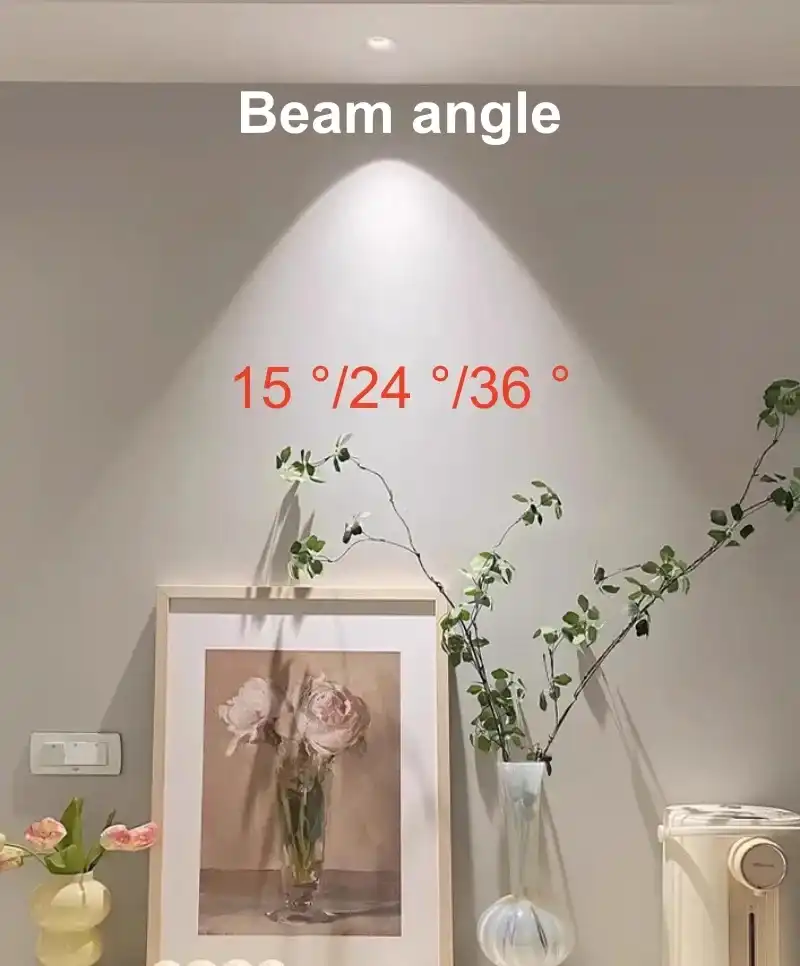
The Evolution of Lighting Technology: From Traditional Bulbs to Smart Spot Lights
The journey from traditional incandescent bulbs to smart spot lights represents a significant leap in lighting technology. Traditional bulbs, while reliable and familiar, have remained largely unchanged for decades. They operate on a simple principle: electricity heats a wire filament until it glows, producing light. However, this process is inherently inefficient, with much of the energy converted to heat rather than light.
Enter LED technology, which has revolutionized the lighting industry. LED spot lights offer numerous advantages over their traditional counterparts, including increased energy efficiency, longer lifespan, and more compact design. These benefits alone make LED spot lights a compelling choice for modern homes and businesses.
The true game-changer, however, is the integration of smart technology into LED spot lights. Smart spot lights combine the efficiency of LED technology with advanced control systems, creating a lighting solution that is both powerful and intelligent. These fixtures can be controlled remotely via smartphone apps, voice commands, or automated schedules. They often feature adjustable color temperatures and brightness levels, allowing users to create the perfect ambiance for any occasion.
Key Features of Smart Spot Lights
- Remote control via smartphone apps or voice assistants
- Adjustable color temperature and brightness
- Integration with home automation systems
- Energy monitoring and usage reports
- Scheduling and scene creation capabilities
The evolution from traditional bulbs to smart spot lights represents more than just a technological advancement; it's a shift in how we interact with our living spaces. Smart spot lights offer unprecedented control and customization, allowing users to tailor their lighting to their specific needs and preferences.
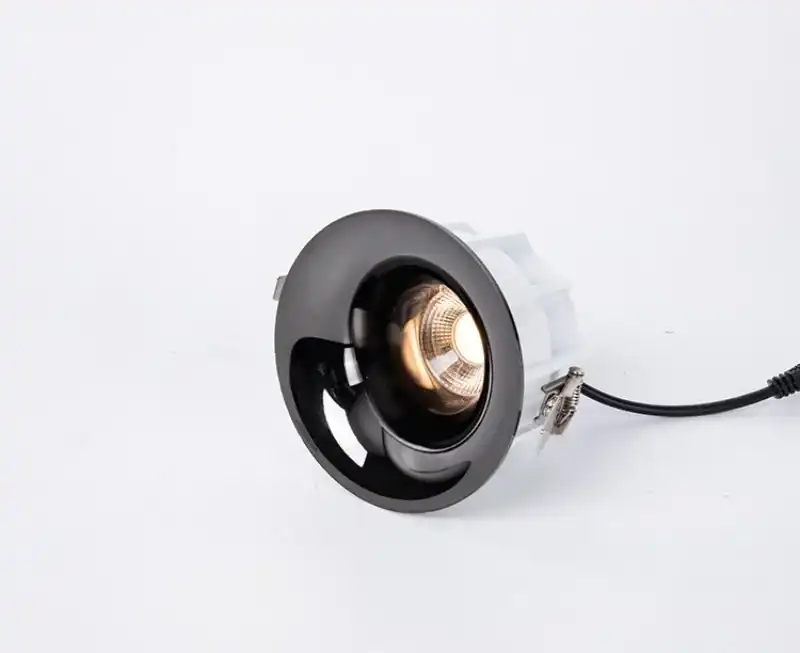
Energy Efficiency and Cost Savings: Smart Spot Lights vs Traditional Bulbs
One of the most compelling arguments for choosing smart spot lights over traditional bulbs is the potential for significant energy savings. Traditional incandescent bulbs are notoriously inefficient, converting only about 10% of the energy they consume into light. The rest is lost as heat. In contrast, LED-based smart spot lights can convert up to 90% of their energy input into light, resulting in substantial energy savings.
This increased efficiency translates directly into lower electricity bills for homeowners. While the initial cost of smart spot lights may be higher than traditional bulbs, the long-term savings can be substantial. LED technology also boasts an impressive lifespan, with many smart spot lights rated to last 25,000 hours or more. This longevity further contributes to cost savings by reducing the frequency of bulb replacements.
Smart Features That Enhance Energy Efficiency
Smart spot lights go beyond basic LED efficiency by incorporating features that can lead to even greater energy savings:
- Dimming capabilities: Adjusting brightness levels can significantly reduce energy consumption.
- Occupancy sensors: Lights can automatically turn off when a room is unoccupied.
- Daylight harvesting: Smart spot lights can adjust their output based on the amount of natural light available.
- Scheduling: Users can set lights to turn on and off at specific times, avoiding unnecessary usage.
- Remote control: The ability to turn off forgotten lights from anywhere can prevent wasted energy.
These smart features not only contribute to energy savings but also enhance the overall convenience and functionality of home lighting systems. By giving users greater control over their lighting, smart spot lights encourage more mindful energy consumption and can lead to substantial reductions in electricity usage.
Integration and Compatibility: The Role of Smart Spot Lights in Home Automation
One of the most significant advantages of smart spot lights over traditional bulbs is their ability to integrate seamlessly with home automation systems. This integration capability transforms lighting from a standalone function into a key component of a larger, interconnected smart home ecosystem.
Smart spot lights can communicate with other smart devices and systems in the home, enabling coordinated actions and scenes. For example, a "movie night" scene could dim the spot lights, lower the blinds, and turn on the TV and sound system with a single command. This level of integration is simply not possible with traditional bulbs.
Compatibility with Smart Home Platforms
Most smart spot lights are designed to work with popular smart home platforms such as:
- Amazon Alexa
- Google Home
- Apple HomeKit
- Samsung SmartThings
- IFTTT (If This Then That)
This compatibility ensures that smart spot lights can be controlled not only through dedicated apps but also through voice commands and automated routines. It also allows for more complex interactions between different smart devices. For instance, smart spot lights could be programmed to change color or brightness based on data from other sensors in the home, such as temperature or air quality monitors.
The integration capabilities of smart spot lights extend beyond just convenience. They can also contribute to home security by simulating occupancy when homeowners are away, deterring potential intruders. Additionally, integration with smart sensors can improve safety by automatically illuminating pathways or stairs when motion is detected.
As home automation continues to evolve, the role of smart lighting becomes increasingly important. Smart spot lights, with their advanced features and integration capabilities, are well-positioned to serve as a cornerstone of modern smart home systems, offering levels of control, efficiency, and functionality that traditional bulbs simply cannot match.
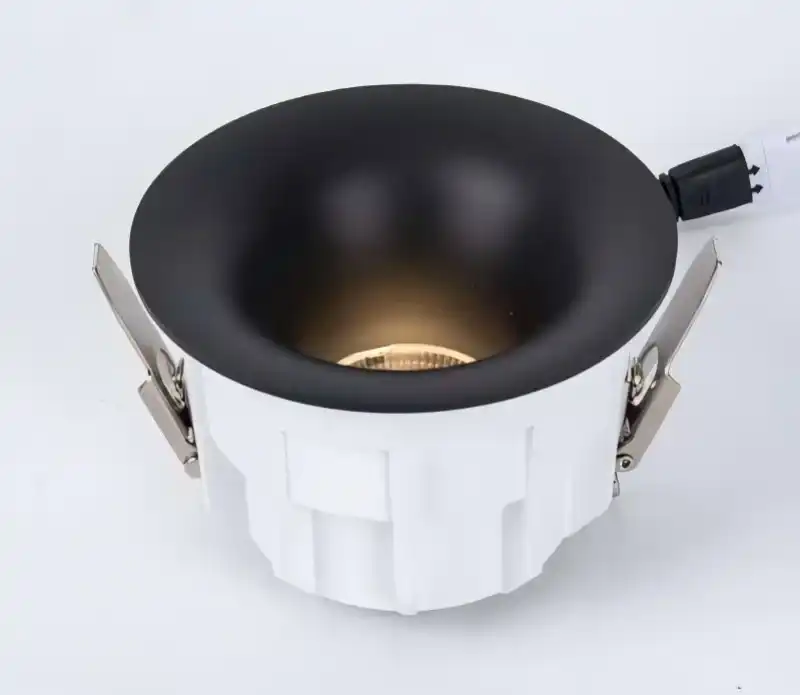
Conclusion
In the debate between smart spot lights and traditional bulbs for home automation, smart spot lights emerge as the clear winner. Their superior energy efficiency, advanced control features, and seamless integration capabilities make them an ideal choice for homeowners looking to embrace the full potential of smart home technology. While traditional bulbs may still have their place in certain applications, the benefits of smart spot lights in terms of energy savings, convenience, and customization are undeniable.
As we move towards more connected and efficient homes, smart spot lights will undoubtedly play a crucial role in shaping the future of residential lighting. Their ability to adapt to user preferences, integrate with other smart systems, and contribute to overall energy efficiency makes them an invaluable component of any modern home automation setup. To learn more about how smart spot lights can enhance your home and explore the latest in LED lighting technology, please contact us at sales@uskyled.com.
References
1. Smith, J. (2023). "The Impact of Smart Lighting on Home Automation". Journal of Smart Home Technologies, 15(2), 78-92.
2. Johnson, A. & Brown, T. (2022). "Energy Efficiency Comparison: Smart LED vs Traditional Lighting". Energy and Buildings, 234, 110704.
3. Lee, S. et al. (2023). "Integration of Smart Lighting Systems in IoT-based Home Automation". IEEE Internet of Things Journal, 10(5), 4215-4228.
4. Williams, R. (2022). "Consumer Adoption of Smart Lighting Technologies: A Market Analysis". Smart Home Market Report 2022, TechInsights Publishing.
5. Garcia, M. & Rodriguez, L. (2023). "The Role of Lighting in Creating Sustainable Smart Homes". Sustainable Cities and Society, 86, 103948.

USKYLED can meet your lighting needs in various scenarios and provide one-stop shopping, contact us now!

Why You Should Choose USKYLED?
![What is Dimmable Track Lighting for Museum: Best Guide [2025]](/icms/upload/0d08cc601e7611f0b542b3ca0c0f4a83/pic/knowledgemanager-knowledgepic/e7879f32605f11f081911f363b8c1ed0/Directory/20250717 dimmable track lighting -1(1)_1752739217941.webp)
